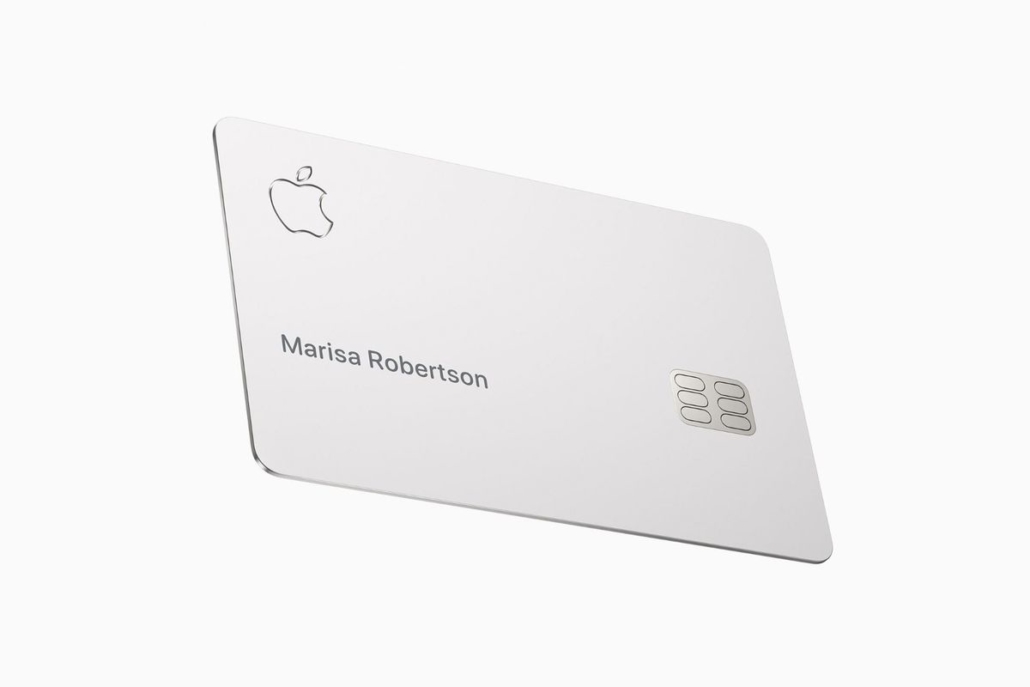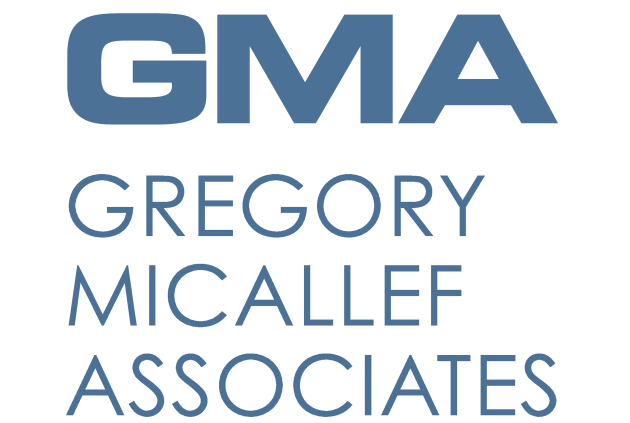
Apple has launched its ‘Apple Card’ in the US in partnership with Goldman Sachs and with processing by Mastercard.
Card
The Apple Card can now be applied for by customers in the US through the Wallet app on iPhone (iPhone 6 and later). The physical laser-etched card, which is made of titanium and has a typically clean Apple design has no card number, no CVV security code, and no expiration date or signature on it. Although you can buy using the card, the real Apple Card product is incorporated in the Wallet on the customer’s iPhone and works through Apple Pay. Apple says that the card can be used to make purchases in stores, in apps and on websites.
Advantages
Apple says that the Apple Card is built on simplicity, transparency and privacy and that it completely rethinks everything about the credit card. The main advantages of the Apple Card are:
- There are no fees.
- It gives instant cashback on purchases. When you buy something on the Apple Card, you receive a percentage of your purchase back in Daily Cash every day, there’s no limit to how much you can get, and that cash goes right onto the Apple card it can be used it just like cash. Apple says that customers will get 2 per cent Daily Cash every time they use Apple Card with Apple Pay, and 3 per cent Daily Cash on all purchases made directly with Apple, including at Apple Stores, apple.com, the App Store, the iTunes Store and for Apple services.
- It is secure. There are no numbers on the card itself and using Apple Card through the iPhone means that it is covered by all the usual Apple Pay security features e.g. Face ID, Touch ID, unique transaction codes.
- It offers much greater privacy. Apple says that it doesn’t store the details of where you shop, what you bought, or how much you paid, and Goldman Sachs will not sell or share your spending data to any third-party. Also, Mastercard simply processes payments between parties on the global network.
- The Apple Card shows you how to pay less interest. For example, the Apple Card shows you a range of payment options and calculates the interest cost on different payment amounts in real-time.
- The card can help you make more informed purchase choices. For example, everything you buy gets a category (food, entertainment, shopping) and a colour-coded chart displays how much you’ve pending on each category.
Small Print Warning
This may all sound wonderful but some commentators have warned that when you sign up for the Apple Card you sign up to the standard agreement offered by Goldman Sachs. Within this agreement is an arbitration clause that essentially means that you waive the right to make any claims, participate in a class action, or be heard in a court at trial for anything related to the agreement.
It is, however, possible to opt-out of the Goldman Sachs arbitration clause within 90 days after opening the account by contacting the company using messages, calling a toll-free number, or writing to a Philadelphia P.O. Box (Apple Card gives full instructions).
What Does This Mean For Your Business?
For other banks and credit companies that are still using traditional cards, this may represent a threat, as Apple, a trusted and globally known brand is offering something that appears to be more convenient, more secure, and has obvious instant cashback perks.
For Apple, this venture is a way that it can offer value and generate even deeper loyalty with and become more attached to the lives of its customers. This creates another important competitive advantage for the tech giant and allows it to gain a deeper understanding of its customers and their habits (even though it says it won’t share any information about those habits).
This also represents an opportunity for Apple to diversify at a time when its iPhone sales have been a bit flat and move towards the provision of services as well as hardware.


